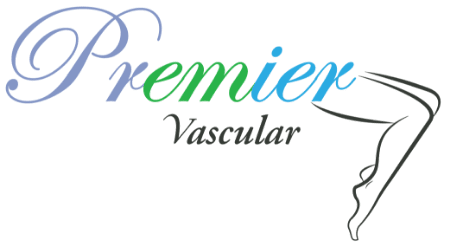What are varicose veins
Varicose veins are enlarged, twisted blood vessels that bulge above the skin’s surface. Though many people view varicose veins as a cosmetic concern, they’re a sign that the veins are failing to maintain normal blood flow. Certain types of varicose veins can be dangerous and life-threatening. When varicose veins go untreated, they can lead to complications such as chronic venous insufficiency.
What causes varicose veins?
The veins in your legs use one-way valves to keep blood flowing up the leg and toward your heart. When a valve becomes weak or damaged, it allows blood to reflux, go back down the leg, and pool in the vein. This condition is called venous insufficiency.
Your risk of developing varicose veins increases if you:
- Have a family history of varicose veins.
- Sit or stand for long periods of time.
- Are overweight or obese.
- Have a history of smoking or currently smoke.
- Have a history of injuring your leg.
- Don’t get enough exercise.
- Hormonal changes associated with pregnancy and menopause, as well as hormonal treatments may also increase your risk of varicose veins.
What symptoms develop due to varicose veins?
Many patients experience symptoms such as:
- Leg pain
- Leg swelling
- Leg fatigue
- Legs that feel heavy or achy
- Restless legs
- Itchy legs
- Burning legs
- Muscle cramps
- Burning and tingling sensations
- Skin discoloration
If left untreated, varicose veins and venous insufficiency get progressively worse, which leads to venous ulcers in your lower legs and around your ankles.
How do varicose veins and spider veins differ?
Spider veins are tiny veins that are close to the skin’s surface. As the veins enlarge, they take on a red, blue, or purplish weblike appearance.
Unlike varicose veins, spider veins are a cosmetic problem. Spider veins seldom cause pain, but they’re unsightly, prompting many patients to have them removed.
How are varicose veins treated?
After performing a physical exam and diagnostic imaging, a physician will determine a personalized treatment to reduce the backward flow of blood, alleviate your symptoms, stop disease progression, and eliminate your varicose veins.
Your treatment may include one of several procedures such as:
ClosureFast™ procedure
ClosureFast is a minimally invasive thermal treatment that uses radiofrequency energy to heat and close the diseased vein, which redirects blood flow to healthy veins, relieving symptoms. Using an ultrasound, the doctor will position a catheter in the diseased vein through a small opening in the skin. The catheter delivers heat to the vein wall, causing it to shrink and seal the vein. Once the diseased vein is closed, blood will reroute itself to other healthy veins. The procedure uses local anesthesia, allows a quicker recovery compared to laser treatment and causes less pain than laser treatments.
ClosureFast has a long history of safely and effectively eliminating varicose veins in more than 2 million people.
VenaSeal™
VenaSeal is a minimally invasive nonthermal treatment. A specially formulated medical adhesive is injected to seal – or close – the diseased vein, rerouting blood to nearby healthy veins and providing symptom relief. The vein walls stay sealed permanently and the blood vessel returns to its normal size, your varicose vein is diminished.
Varithena
Varithena is a minimally invasive varicose vein treatment which involves injecting a microfoam that causes veins to close. Blood flow is redirected to healthier nearby veins. The microfoam disperses as it comes into contact with blood in healthy veins. There’s no need for incisions and treatment is usually less than an hour. Most people only need a single treatment to see results.
Sclerotherapy
A type of medication called a sclerosing agent is injected into your varicose veins that makes the vein walls collapse. Your body gradually eliminates the treated veins and reroutes blood through healthy veins, restoring normal blood flow and preventing venous insufficiency. If you have varicose veins or want to eliminate painful symptoms, call Premier Vascular to schedule a consultation or book an appointment online.



